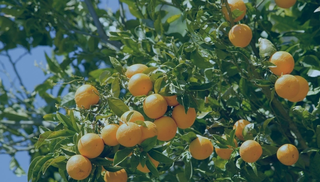This page contains a summarized version of this toolkit section. Detailed information about model policy components and federal law, state examples, and model legislation is available in the PDF linked above.
This section introduces policies that can help states support end markets for finished compost products resulting from composting food scraps, to make the financial case for increased recycling of food scraps. This section includes:
Model State Policies
Compost Procurement
A primary way to develop an end market for compost is to use the government’s purchasing power to support local composting facilities by requiring the government to procure compost or prioritizing the purchasing of compost over other soil amendment products. Procurement policy is a powerful tool for aligning public spending with government policy objectives and promoting beneficial practices in private industry. While compost procurement policies are relatively new, the existing local and state examples incorporate the following best practices:
- Covering the maximum number of government agencies
- Setting targets for amount of compost to purchase
- Using an established standard for compost quality
- Prioritizing local compost
- Outlining uses for compost
- Requiring recordkeeping and reporting
Incentivize Compost Application
Application of compost on farmland has significant environmental and carbon sequestration benefits. Applying compost helps improve overall soil health, increasing soil organic matter, its biodiversity, and its capacity to absorb water and nutrients, and reducing the need for expensive and resource-intensive chemical fertilizers. Applying compost to farmland not only benefits soil, but can also have carbon sequestration effects, mitigating the impacts of greenhouse gas emissions. Lastly, programs incentivizing compost application can help create an end market for local compost products and thus support the development and growth of food scraps recycling infrastructure. A state interested in implementing a program should consider the following best practices:
- Allocating funding
- Ensuring application accessibility
- Prioritizing marginalized producers
- Utilizing an established standard for compost quality
- Prioritizing application of compost made with food scraps

